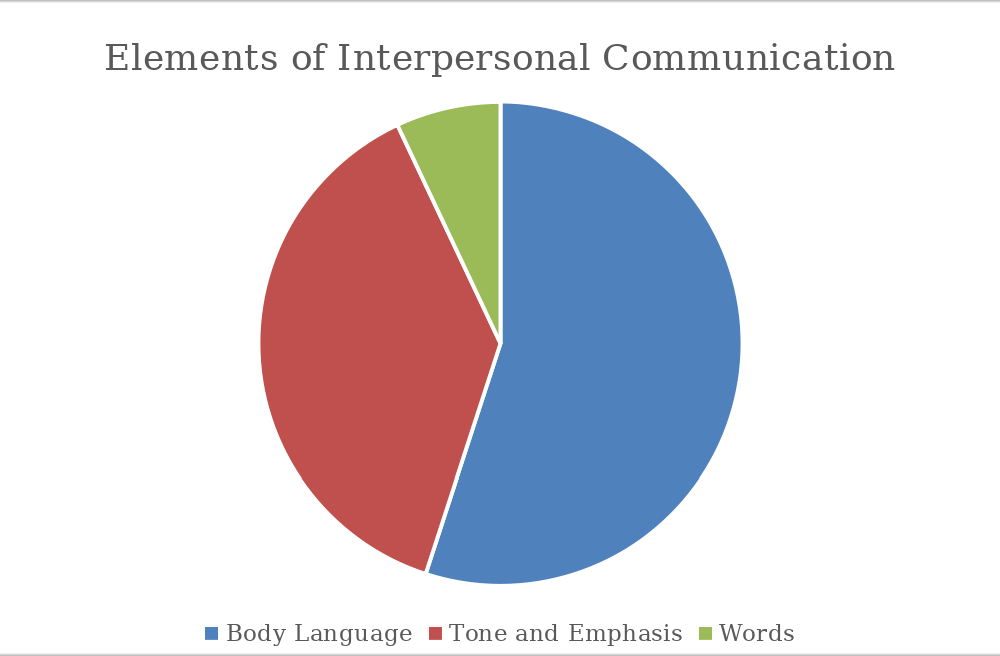Between November 2017 and January 2018, the
Economist Intelligence Unit
surveyed 403 executives, managers, and junior staff from US companies, and created a report called “Communication Barriers in the Modern Workplace,” The purpose of the study was to understand the causes and effects of communication breakdowns in the workplace.
Their findings indicate that employees at all levels think that miscommunication contributes to their stress, their inability to complete projects or achieve goals, and a lack of sales.
In addition, the report suggests that miscommunication takes a heavy toll on employee morale — increasing stress and frustration that ultimately prevents employees from doing their best work. The three most often mentioned causes of poor communication include unclear responsibilities, unrealistic time pressure, and differences in communication styles among the team.
Employees identified their most stressful effects of poor communication included unproductive meetings, tight deadlines, and having to wait for others to pass along information in order to get their work done.
As George Bernard Shaw said, “The single biggest problem in communication is the illusion that it has taken place.”
As disheartening as that study — and that quote — might be, there is some good news.
Effective communication is a learned skill.
When people can learn to say what they mean clearly and respectfully and can learn to listen to others with patience and curiosity, they can overcome the challenges of miscommunication and become much more effective at work.
One place to start, when you’re looking at improving communication in your practice, is to examine congruency, that is, how effectively you and your staff align your verbal and non-verbal messages to communicate clearly and precisely what you intend to communicate.
In 1981, Professor (Emeritus) Albert Mehrabian at UCLA published a landmark work called, appropriately,
Silent Messages: Implicit Communication of Emotions and Attitudes
. The essence of his work is an often-cited model of the three basic elements of face-to-face communication between people.

1. 55% – Body Language
It may seem shocking, but over half of the message is carried in a conversation by body language. It only makes sense when you consider that we humans are visual creatures — I can see what your face and your body are communicating much faster than I can hear the sounds or process the words you’re saying.
2. 38% – Emphasis and Tone
The second thing we process in any face-to-face conversation is sound — the emphasis and tone of your voice have the power to support or completely change the meaning of the message you’re intending to communicate. Have you ever said something that offended someone, only to have them explain that it wasn’t
what
you said, but
how
you said it?
3. 7% – Words
Words are the last element of communication that we process in a face-to-face communication, accounting for only 7% of the message exchanged.
Effective, powerful communication depends on the congruency of these three elements — that they align to support the same message. The communicator needs to make sure that their body language, their tone of voice and emphasis, and their words all line up to convey the intended meaning.
When they’re not aligned, you can reasonably expect miscommunication and misunderstanding to occur. And you can also depend on the listener responding to the most dominant of these elements — body language and tone — rather than the content carried by your words.
To improve communication in your practice, teach people to pay attention not just to the
what
of their communication, but also the
how
of it.
The person speaking needs to be clear, focusing on the message they intend to deliver. And the person listening needs to be focused, using all their senses to process the message sent.
As the speaker, facing your listener directly and maintaining eye contact while speaking calmly and clearly will improve the impact of your message. As the listener, you can dramatically increase the effect of the communication by leaning toward the speaker, maintaining eye contact, and offering non-verbal signals that indicate you hear and understand.
If a misunderstanding occurs, the best way to clear it up is to ask questions, calmly and patiently, to confirm that the message heard is the message intended.
One of Stephen Covey’s 7 Habits is “Seek first to understand, then to be understood.” Asking questions, listening carefully to answers, and presenting your point of view or request consistently with the other person’s interest will make you a much more powerful and effective communicator,
And it’s more likely that people will respond in kind, acting in ways that are beneficial to everyone involved.
If you’d like to explore ways to communicate more powerfully and effectively, help your team reach its full potential, and take your practice to the next level, we’d love to help.
For over 25 years, P & S Coaching has successfully assisted practices just like yours, helping them not only to achieve their goals, but to surpass them.
Schedule a complimentary Discovery Call today.
One idea — one tiny shift in the way you communicate and work with your team — could make your practice more satisfying and profitable. Why not take advantage of this complimentary opportunity?
Email or call and we will get you on the path you want and deserve.
To your success!

